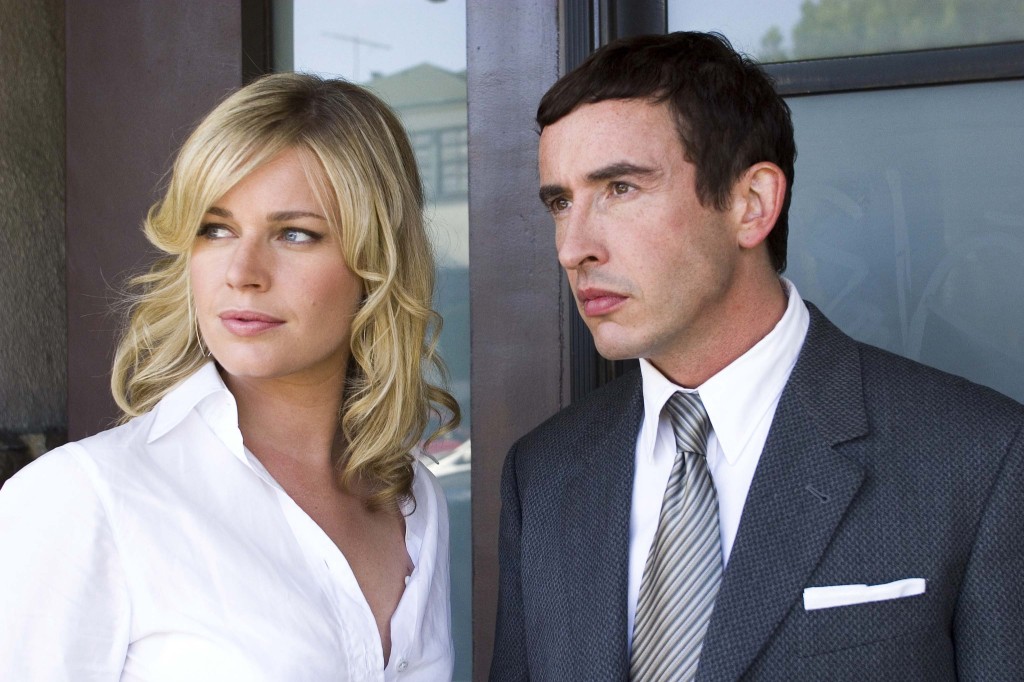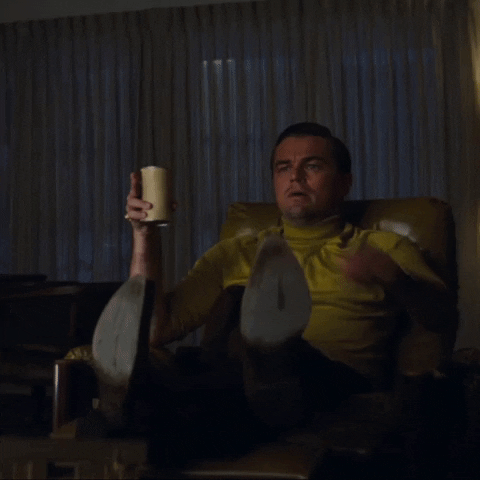When it comes to the modern slate of TV showrunners, Noah Hawley can always be relied upon to deliver a pleasant surprise.
Not only did he spearhead a cult series based on an obscure X-Men character (Legion), but he also managed to successfully adapt the Coen Brothers’ beloved 1996 crime drama Fargo for the small screen (winning half a dozen Emmys in the process).
But Hawley’s ability to subvert my expectations can be traced back to the very beginning of his screenwriting career when he penned the script for Lies and Alibies, a 2006 crime thriller that was released straight to home video after a limited theatrical run.

Because of its low budget and lack of a wide release, this film has largely been forgotten by vast swaths of the movie-going public, so much so that Mill Creek Entertainment packaged it into their 2014 “Chick Flicks” DVD box set for some reason.
Despite this confusing marketing, I was shocked to discover that Hawley’s writing skills were still sharp in Lies and Alibis, which is particularly impressive given that this is his first produced screenplay.
While elements of this production are a little rough around the edges, it features the same kind of snappy dialogue and quirky criminal archetypes that Hawley would later refine to great success in shows like Fargo.
With that solid script at its core, Lies and Alibis is definitely worth watching for fans of Hawley’s current neo-noir tomfoolery, as long as you can stomach some glaring budgetary restrictions and a couple key casting missteps.
The plot of Lies and Alibis follows smooth-talking entrepreneur Ray (Steve Coogan), who runs a “risk management” firm that helps men and women cheat on their partners without getting caught.
While Ray runs a pretty tight ship, that all gets upended one day when one of his clients accidently kills his mistress in bed.
The resulting cover-up drags Ray into a seedy underworld full of crooks and Mormon gangsters, with the cops also putting him under heavy scrutiny.
To get out of this predicament unscathed, Ray must rely on his wits and a rag-tag group of allies, including his new alluring assistant played by Rebecca Romijn.

Since I’ve already heaped praise on Hawley’s script, let me at least take a moment to balance the cosmic scales of movie criticism by highlighting this film’s worst elements, which are its two leads.
While Coogan has proven himself to be a more than capable actor in the realm of comedy and drama in other projects, he doesn’t do a good job of fusing those two elements here.
Even though this role calls for a kind of fast-talking slickster with a heart of gold (think Bob Odenkirk in the early seasons of Better Call Saul), Coogan can’t quite tap into that energy and just comes off as a little bland.
Romijn suffers a similar fate playing Coogan’s confidant and love interest, which is made even worse by the fact that these two have absolutely zero romantic chemistry together.

If I were to guess the source of this on-screen dysfunction, I would lay it at the feet of directors Kurt Mattila and Matt Checkowski. Lies and Alibis marks their first feature film project after working as visual effects artists, so perhaps guiding principal actors wasn’t their strength at this point.
Thankfully, the rest of the cast is filled with a treasure trove of veteran character actors who have a much better handle on the material.
Sam Elliot makes a big impression as the head of the Mormon mafia, whose leathery drawl and weather-beaten scowl make for an imposing antagonist.
While not as threatening as Elliot, James Brolin and James Marsden also work well as a father-son team of serial philanderers, whose vast wealth is only outweighed by their blatant sleaziness.
And even though certain film noir stock characters are extremely played out by this point, actors like John Leguizamo (the savvy roughneck), Debi Mazar (the hard-nosed detective), and Selma Blair (the femme fatale) are still used to good effect with the little time they have on screen.
Admittedly, it’s a little difficult to keep track of all these characters and their motivations as the plots barrels along, especially when they start turning on each in the third act.
But all this organized chaos is at least held together with some smooth editing, which rapidly flips between several locations without overwhelming the senses.
This level of craftsmanship is on full display during the last 20 minutes, when all the characters converge on one building (a hotel) for the big finale.
Anyone expecting an explosive climax that’s full of gunfire and blood squibs will be sorely disappointed, since it’s obvious that the filmmakers didn’t have enough money for the kind of theatricality that be found in movies like Joe Carnahan’s Smokin’ Aces (2006) or Tony Scott’s True Romance (1993).
However, directors Mattila and Checkowski at least put their past experience as visual effects artists to good use, staging some impressive floor-by-floor transitions that are reminiscent of their work on Steven Spielberg’s Minority Report.
Hawley’s script also shines in this finale, where he manages to take a bunch of tangled plot threads and resolve them all within the space of a couple minutes (without it feeling too contrived).
This marriage of tight editing and smart writing remains Lies and Alibis’ biggest strength, as it provides the same kind of crime thriller catharsis one can find in an Elmore Leonard or Raymond Chandler novel.
Given that Hawley has published a couple thriller novels of his own, I’m sure he was trying to channel some of that same literary style for his feature film debut.
And with a svelte 90-minute runtime, the end product definitely succeeds in replicating the look and tone of those old dime-store detective novels that are light on substance but are never-the-less very entertaining.
Admittedly, the narrow confines of a feature film runtime also present a significant drawback for Hawley, since he isn’t given enough time to adequately flesh out the movie’s worldbuilding beyond the first act.
I could actually see the underlying premise of Lies and Alibis functioning much better as a TV series, where the inner workings of this fictional “cheating” agency are given some room to breathe throughout a 10-to-12-episode season.
Hawley obviously shared similar thoughts about the advantages of this format, which is why so much of his later career is defined by crafting long-form stories on television.
But everyone has to start somewhere and Hawley’s ambitions as a writer are still front and centre in Lies and Alibis, even if this early film project has largely faded into obscurity.
Even so, if Hawley wants to drop some sly references to Ray’s “risk management” firm in the next season of Fargo, he would at least turn me into that meme of Leo DiCaprio pointing at his TV screen.

Verdict:
7/10
Corner store companion:
Maynards Swedish Berries and Creme (because it’s well-constructed and a lot of fun to consume, even though it largely amounts to a short sugar rush)

Fun facts:
-Release date: Lies and Alibis was screened in various countries throughout 2006, including the CineVegas film festival on June 17. The film later premiered on DVD during the fall and winter that same year.
-This film was also released under the alternate title “The Alibi” and is referred to as such on both Wikipedia and IMDB.
-Noah Hawley is currently developing a new series for FX that’s set within Ridley Scott’s Alien universe. In a recent interview with Esquire, Hawley revealed that this series takes place on earth and will examine the corporate greed that fuels companies like the fictional Weyland-Yutani Corporation. This marks Hawley’s latest attempt to break into a well-established sci-fi franchise after his involvement in a new Star Trek film fizzled out.